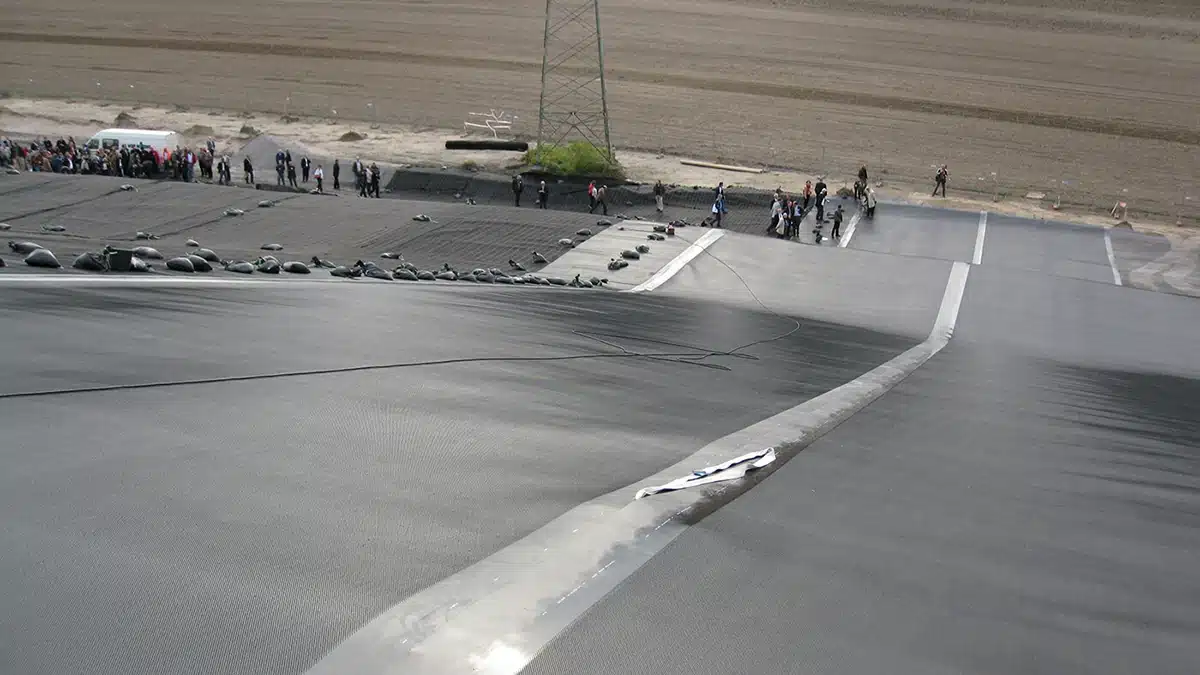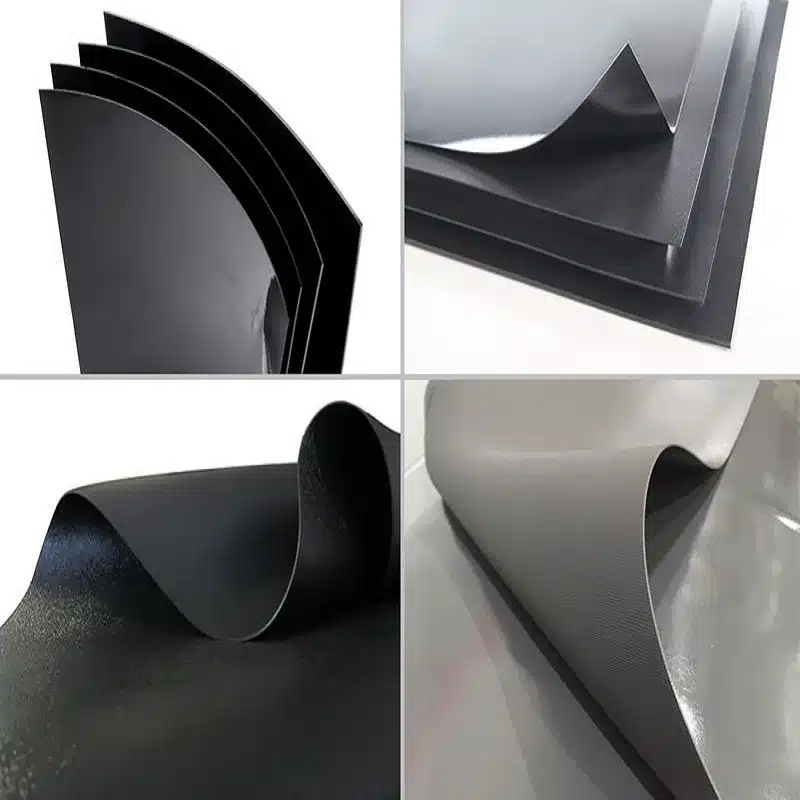+86-159 9860 6917
info@geofantex.com
geofantex@gmail.com
+86-400-8266163-44899
In the realm of environmental engineering and construction, bondable geomembranes have emerged as a pivotal solution for a range of applications. These geomembranes, known for their durability and versatility, play a crucial role in protecting and preserving our natural and built environments. This article delves into the types, purposes, classifications, and applications of bondable geomembranes, offering a clear understanding of their significance in modern engineering practices.

What is the lifespan of the HDPE geomembrane?
The lifespan of the HDPE geomembrane is a critical factor in its application. Typically, HDPE geomembranes can last between 50 to 100 years, depending on various factors such as the quality of the material, installation environment, exposure to UV radiation, and chemical compatibility with the contained substance. The longevity of the HDPE geomembrane is one of its most appealing attributes, making it a cost-effective solution for long-term projects.
What are the properties of HDPE geomembrane?
HDPE geomembrane is renowned for its unique properties, which include:
- Chemical Resistance: It is highly resistant to a wide range of chemicals, making it ideal for applications in waste containment.
- UV Resistance: Quality HDPE geomembranes are treated for UV resistance, which is crucial for outdoor applications.
- Puncture Resistance: It has excellent puncture resistance, which is vital for applications involving rough substrates.
- Flexibility: Despite its strength, the HDPE geomembrane is relatively flexible, allowing for easy installation and accommodation of ground movement.
- Low Permeability: Its low permeability rate makes it an excellent barrier to moisture, contaminants, and gases.
- Temperature Tolerance: Robust and able to withstand higher temperatures, the HDPE geomembrane maintains its integrity in various thermal conditions.

Is geomembrane waterproof?
Yes, a geomembrane is waterproof, and this includes HDPE geomembranes as well. Their low permeability makes them an excellent choice for applications requiring water containment or exclusion, such as in landfills, ponds, and canals. The waterproof nature of a geomembrane is integral to its function in preventing contamination of groundwater or soil.
How does the HDPE geomembrane impact the environment?
HDPE geomembrane has both positive and negative environmental impacts. On the positive side, it is effective in containing hazardous materials and preventing soil and water contamination. However, being a plastic product, its production and disposal raise environmental concerns. HDPE is a petroleum-based product, and its manufacturing process is energy-intensive. Additionally, at the end of its life, recycling HDPE geomembrane can be challenging, although advancements in recycling technologies are improving this aspect. It’s important to balance its environmental protection benefits with these considerations.
In conclusion, HDPE geomembrane stands out as a durable, efficient, and versatile material in the field of environmental engineering and construction. Its long lifespan, coupled with its robust properties, makes it an indispensable material in many critical applications. However, understanding its environmental impact is essential for sustainable practices.



Get Free Sample
We’ll respond as soon as possible(within 12 hours)





















